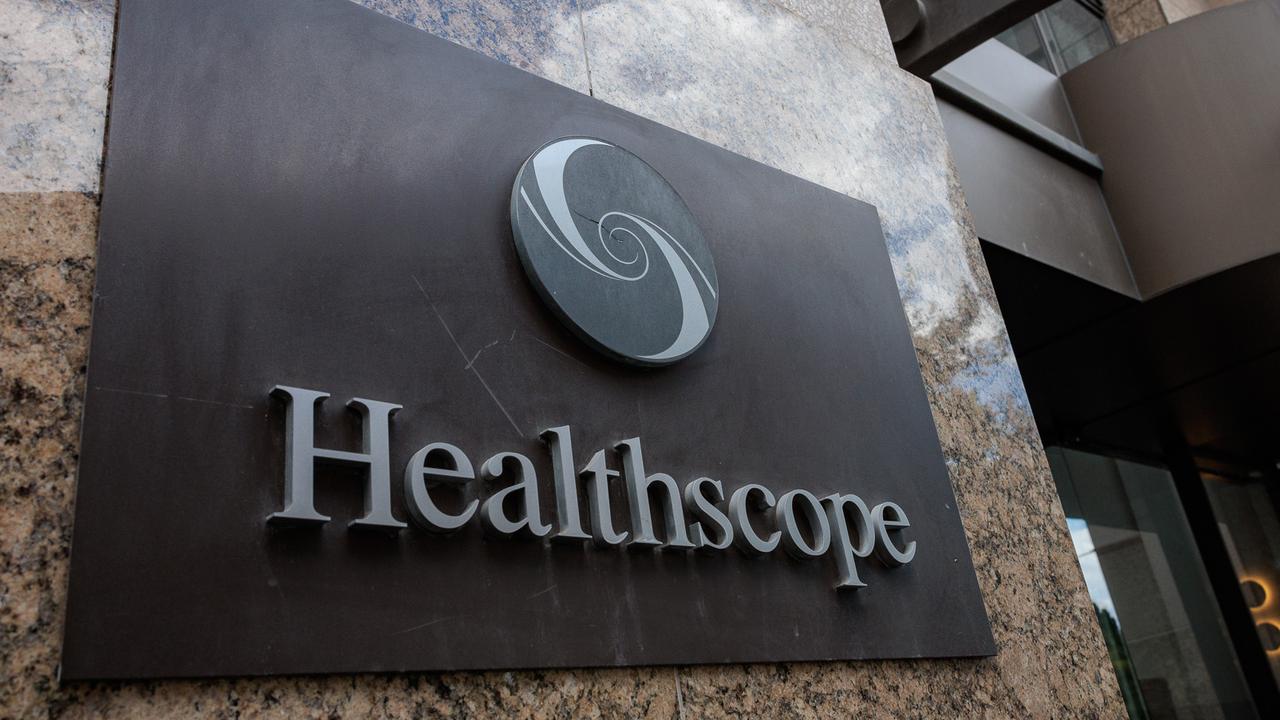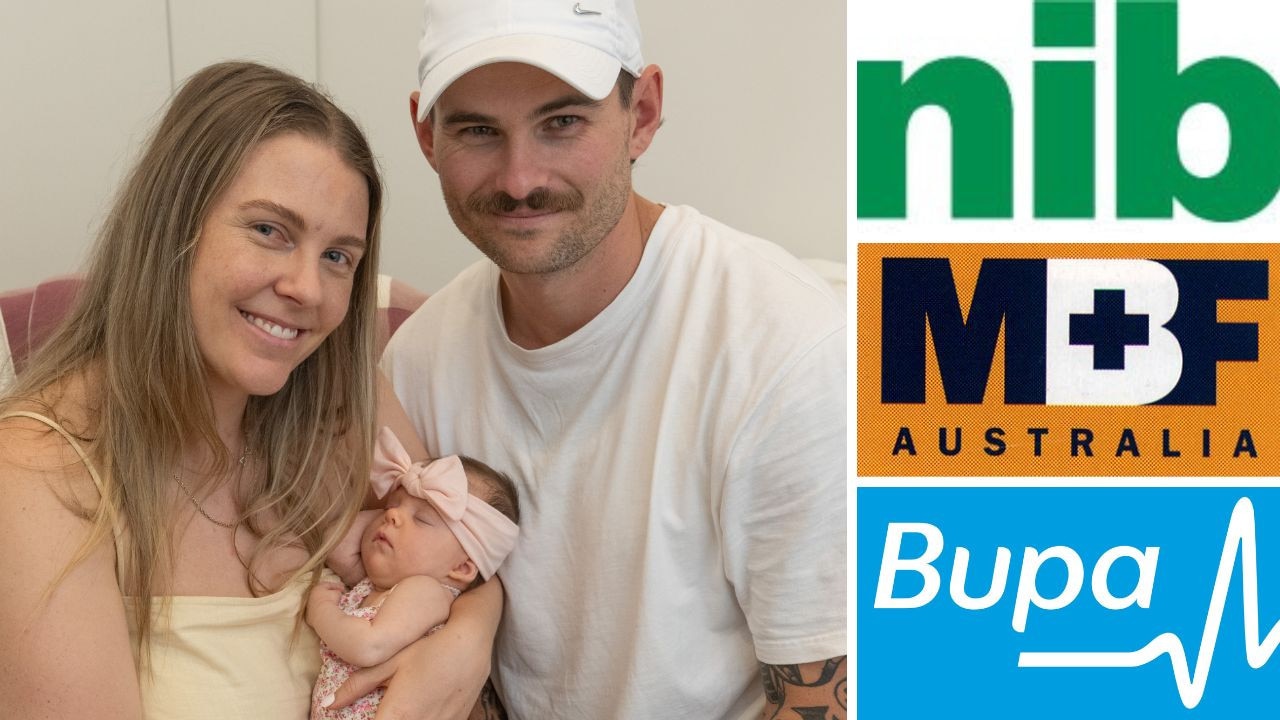Patients pay for surgery instead of using private health insurance
Amid long public waitlists and the increasing cost of Gold cover, people are forking out thousands for surgery in the private system. What’s the pros and cons?
Health Funds
Don't miss out on the headlines from Health Funds. Followed categories will be added to My News.
Patients are opting to fund their own surgery in private hospitals as more people downgrade from the top tier of health insurance, amid premiums rising again this month.
The latest figures show that the number of Aussies with Gold cover has been falling steadily since the start of 2022 as cost-of-living puts pressure on households.
Meanwhile the number of self-funded admissions to private hospitals rose to almost 391,000 in 2022-23, up from 305,000 in 2018-19.
Private health insurance admissions also grew in this time.
St Vincent’s Chief Medical Officer, Associate Professor Michael Franco, said he had noticed an uptick within the group’s 10 private hospitals of patients choosing the “third option” of paying for surgery themselves because they didn’t have Gold cover.
He said he expected this to grow further after the latest 3.7 per cent price hike – the largest increase since 2018 – that came into effect on April 1.
It has pushed the cost of Gold cover up by an average of $110 more per year for singles and $217 for families, analysis from comparison site Canstar shows.
St Vincent’s has now started promoting the self-funded route for Gold-tier services like maternity, neurosurgery, orthopaedics and bariatrics with a new website.

“We’ve seen a trend in Australia of uptake of this third option of people saying ‘I don’t have private health insurance but I’ve got the ability to pay for a procedure I might need and I don’t necessarily want to stay on the public waiting list’,” Associate Professor Franco said.
“There are risks with not having private health insurance, that’s why we’ve narrowed what we’re saying is the third option (on the website) to common things that are not super urgent that we can have a pretty high confidence on what the cost will be.”
Dr Rachel David, the CEO of Private Healthcare Australia – which represents health insurers – warned against people opting out of hospital cover.
“It can be very risky to self-fund treatment in the private system, particularly if you experience complications and require intensive care or a longer than expected hospital stay,” she said.
“Our data on health insurance claims shows some procedures, including spinal surgery and gastrointestinal procedures, can end up costing more than $300,000.”
However she said the health insurance system – which changed to a system of Basic, Bronze, Silver, Gold tier levels in 2020 – was problematic and needed reform.
“It confines the most expensive healthcare to one category, including weight loss surgery, obstetrics, and inpatient mental health care,” she said.
“This means it attracts people who know they are going to claim. It also means some people cycle in and out of it when they know they need care. This is making Gold cover increasingly expensive and unsustainable for health funds to manage.”
I used my superannuation for weight loss surgery and lost 38kg
Forklift driver Tony Salmon, 47, decided to take $26,000 out of his super to pay for a gastric bypass because he only had Bronze cover.
The father-of-three from Burpengary, near Brisbane in Queensland, said he tossed and turned about using the money early, but figured he might not be around to retire if he didn’t act.
At his heaviest he said he tipped the scales at 138kg.
He said he had assumed he would have been covered but was told he would need to wait at least 12 months if he switched to Gold because his obesity was an existing issue.
“I was pretty devo it wasn’t covered at the time … I assumed my weight issues would have been a fairly big health issue,” he said.
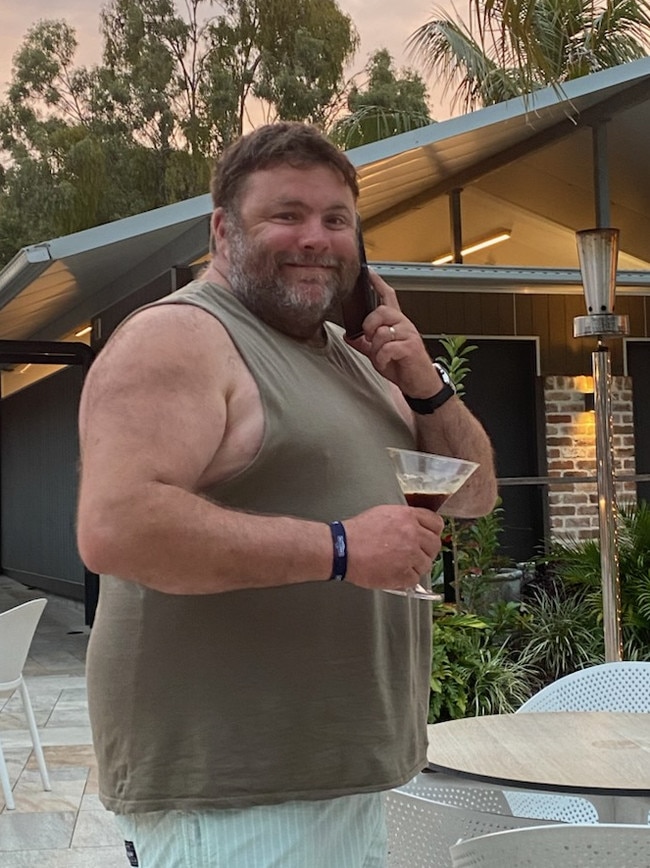

“I needed the bypass because I’ve run around in circles and been on diets but then you fall back into old habits and it’s an extremely vicious cycle.
“I got to the stage where I’ve got three kids, I couldn’t even run around in the park with them.
“I was worried about spending so much money and the risks that go with the procedure, but I just made my mind up I didn’t want to continue down this path then have heart issues or a stroke in five or six years.
“That was it.”
He said he didn’t have regrets about accessing his super.
“It seems a lot simpler to pay (for the surgery) myself, you’re paying a lot of money for private health, a lot of the times to be honest, I don’t understand why I’m paying so much and there’s minimal extras you can use.”
Since the surgery at St Vincent’s Private Hospital Northside in October last year he has lost 38kg.
He said he was now stuck at the 100kg mark and couldn’t budge the weight further.
I didn’t have private health insurance – but my pap smear uncovered an urgent issue
Fiona Stewart had to have urgent surgery to have her cervix removed when a pap smear picked up some cell changes linked to HPV.
“I was told if I had left it any longer it would have become cancerous,” she said.
“The cells growth, my gynaecologist was extremely concerned and said you need to have surgery to remove it.”
Ms Stewart, 55, who works in health administration, hadn’t had private health insurance since she was in her 20s.
She accessed about $10,000 from her superannuation and was “literally in hospital the next week”.
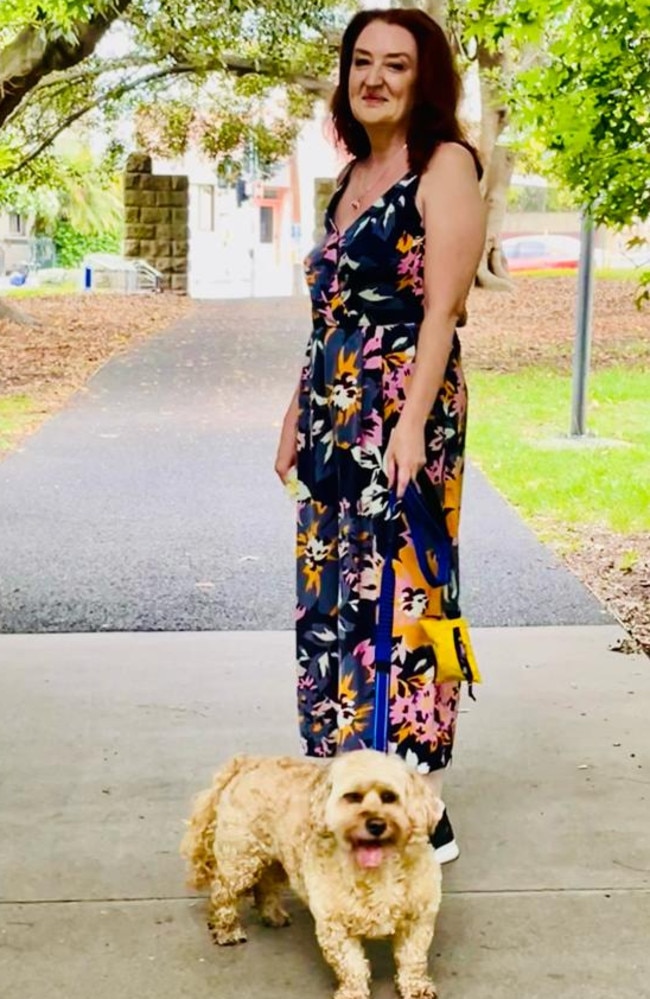
“I didn’t even ask what the wait was in the public system, in my head I just wanted to get it done,” she said.
Ms Stewart, who lives in Enmore in Sydney and was also a St Vincent’s patient, said she had long ago decided private health insurance wasn’t value for money.
She said she instead put extra cash – about $250 a fortnight – into her superannuation as a rainy-day fund.
“I’ve been a strong believer that the money you put into private health insurance isn’t value for money,” she said.
If she did end up needing care for more complex issues like cancer, she said she was happy to go through the public system.
I couldn’t live with the pain any longer
Erin Baker said she was living with debilitating pain from sciatica after years of working as a nurse in the public system.
“I’ve had three babies I’ve given birth to naturally with no drugs and this was next level,” she said.
“It feels like electricity because its nerve pain, which is the worst pain human beings can have.”
The mum-of-three from Montrose, in Victoria, said she had been on “pretty hard-core pain relief” but the issue got even worse in October last year.

“There’s a certain amount of nerve pressure you can deal with through pain meds and lots of pilates, but the wear-and-tear on the disc couldn’t be reversed enough to manage the pain which had become chronic and quite debilitating and I was turning into a pretty nasty person really,” she said.
She and her husband – who is an osteopath – have had the Basic level of health insurance.
“We looked at our health cover, which was just Basic, and looking at any work or surgery for the spine is pretty much top-level cover and because it was an existing injury we would have had to have waited 12 months paying at quite a high rate and most likely still having to pay quite a high out-of-pocket,” she said.
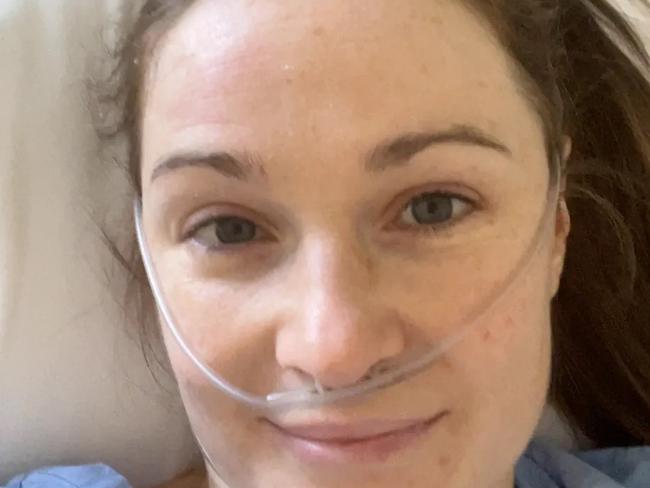
She said she wanted to stick with her surgeon Dr Ian Wang for such a serious procedure and hadn’t realised paying privately was an option.
It took a week for her to get into surgery from there.
“I just got dropped off in the morning and was picked up in the evening for a day procedure, all up I think we paid $16,000 and got a couple of grand back from the anaesthetist and hospital,” she said.
“Considering what we would have had to pay if we had paid our top-level of private health insurance for 12 months, it wasn’t too bad, when you take into account the impact it would have had on my work due to the pain.”
Ms Baker said being pain free was incredible.
“We had to sell off a bunch of shares and things we had put aside to pay for this, but at this age and stage for my body I’m happy to stick with Basic cover for emergency and do it this way,” she said.
Concern about accessing super early to pay for surgery
More than 50,000 approvals – worth $1bn – were greenlighted to dip into superannuation for medical expenses last financial year, data from the Australian Tax Office shows.
That’s an increase from $730m the year before.
Of that $1bn, about $250m was for weight loss surgery.
Dr David said she was she was “very concerned” about the number of people using their super to pay for medical care, which includes IVF and dentistry.
“Often for procedures with lower rates of success and higher rates of dissatisfaction,” she said.
“This is robbing people of their retirement savings and it is driving up the cost of healthcare for all Australians.

“When people access big lump sums of money like this, surgeons and dentists think they can charge more.
“That’s exactly what’s happened over the past five years. We’ve seen the cost of some procedures skyrocket in line with the release of this money.”
She said the affordability issues needed to be addressed.
“We know an increasing number of people can’t afford to go to the dentist or see a medical specialist,” she said.
“We need to address why this is the case, rather than creating another problem for the future.
“When a 40-year-old takes $20,000 out of their superannuation, they will be at least $100,000 poorer in retirement.”
More Coverage
Originally published as Patients pay for surgery instead of using private health insurance




